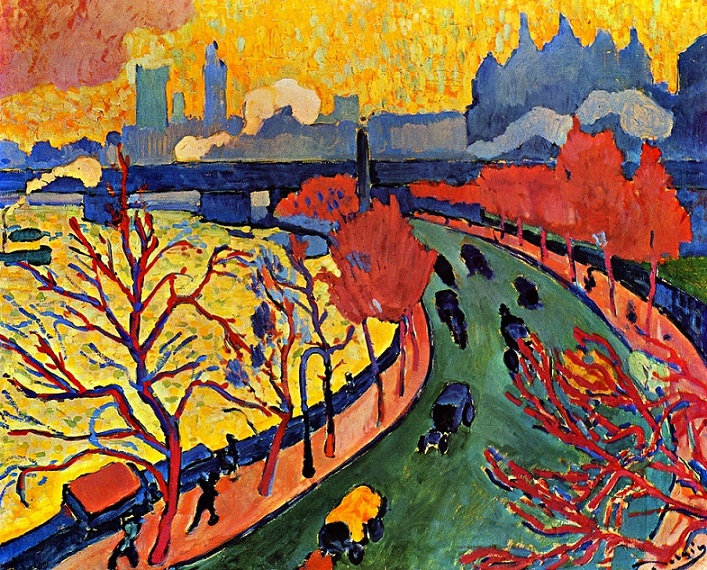
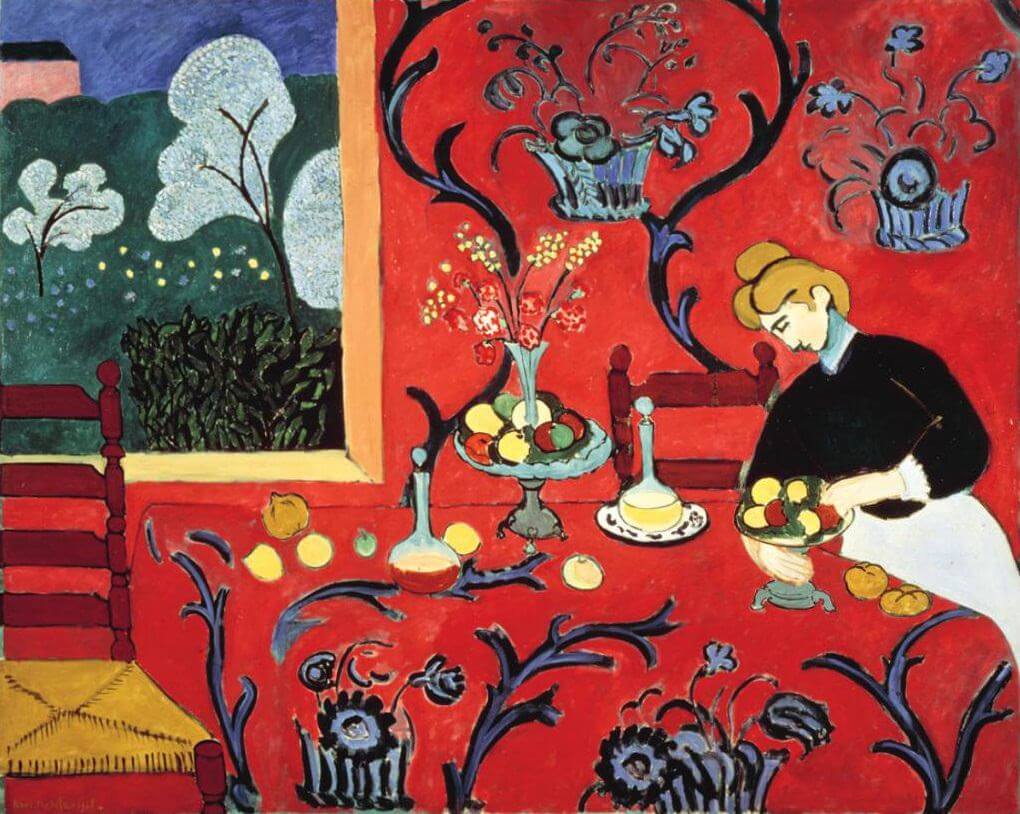
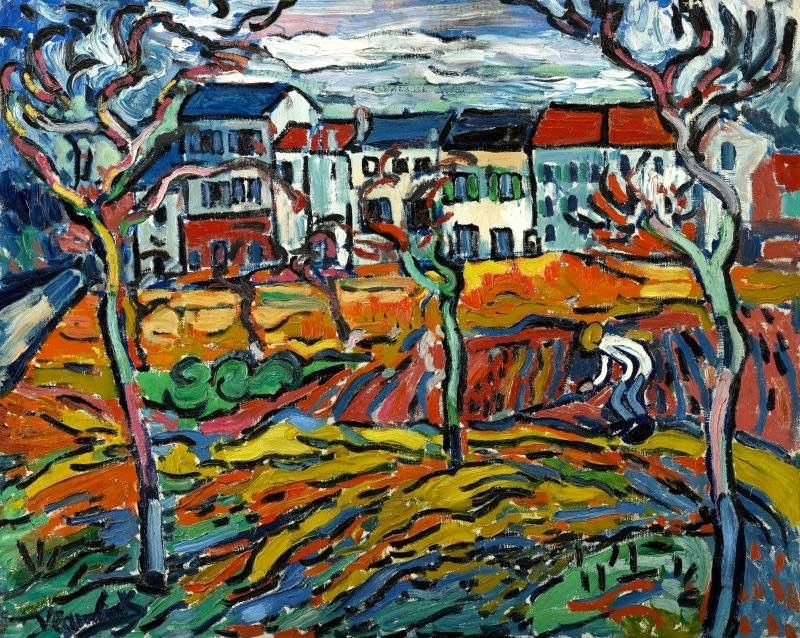
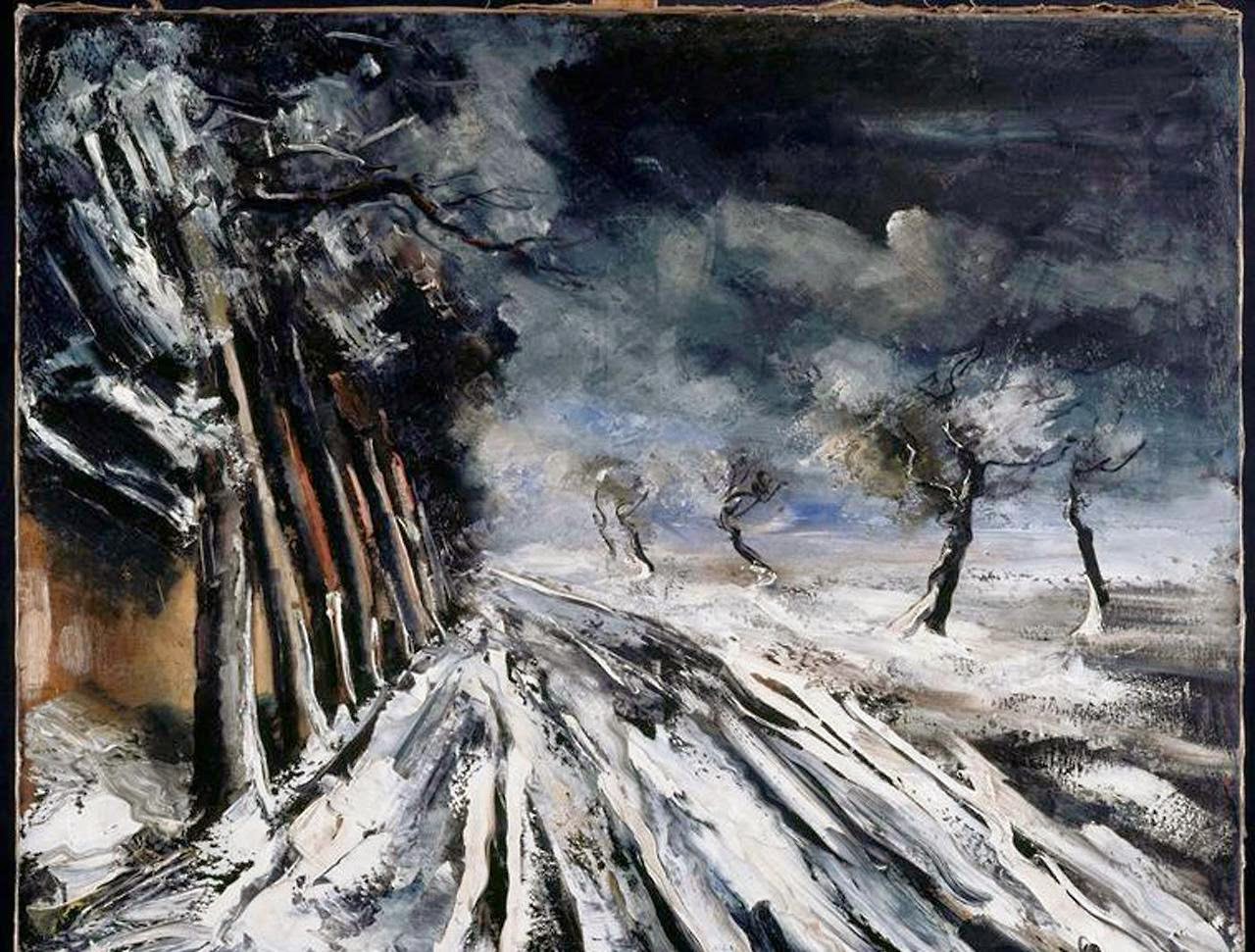
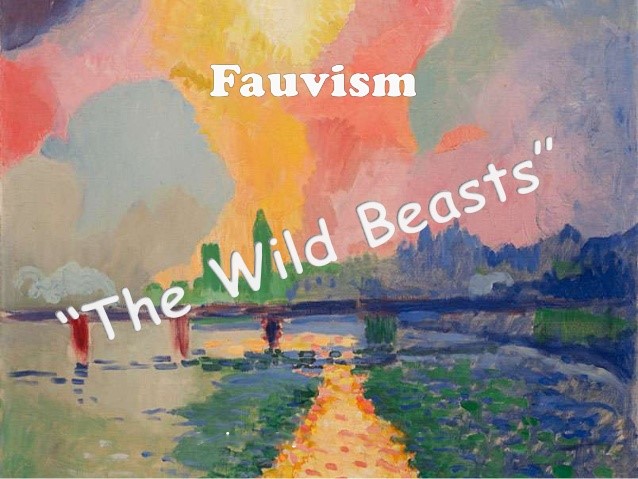
Fauvism is the style of les Fauves (French for "the wild beasts"), a group of early 20th-century modern artists whose works emphasized painterly qualities and strong color over the representational or realistic values retained by Impressionism. While Fauvism as a style began around 1904 and continued beyond 1910, the movement as such lasted only a few years, 1905-1908, and had three exhibitions. The leaders of the movement were Andre Derain and Henri Matisse.
There had been much prejudice towards colors before Fauvism. Many artists and philosophers thought colors at best are the servants and followers of lines and shapes; they will never make the picture more beautiful. Moreover, colors were considered ought to fully "reproduce the nature objectively". Whether the colors are consistent with the original objects is the golden criterion of judging an artwork in traditional art.
Post-impressionist artists's porposition that put emphasis on expressing subjective feelings by using colors arbitrarily played an important role on the birth of Fauvism. On the French Autumn Salon Exhibition in 1905, Fauvist artists presented the "liberated-colored" works to the public. Colors eventually became a free citizen in the art kingdom. The greatest charm of Faivism is the "independence of colors". Colors is no longer constrained by the objects. Instead, it becomes an external manifestation of artists' subjective emotions.